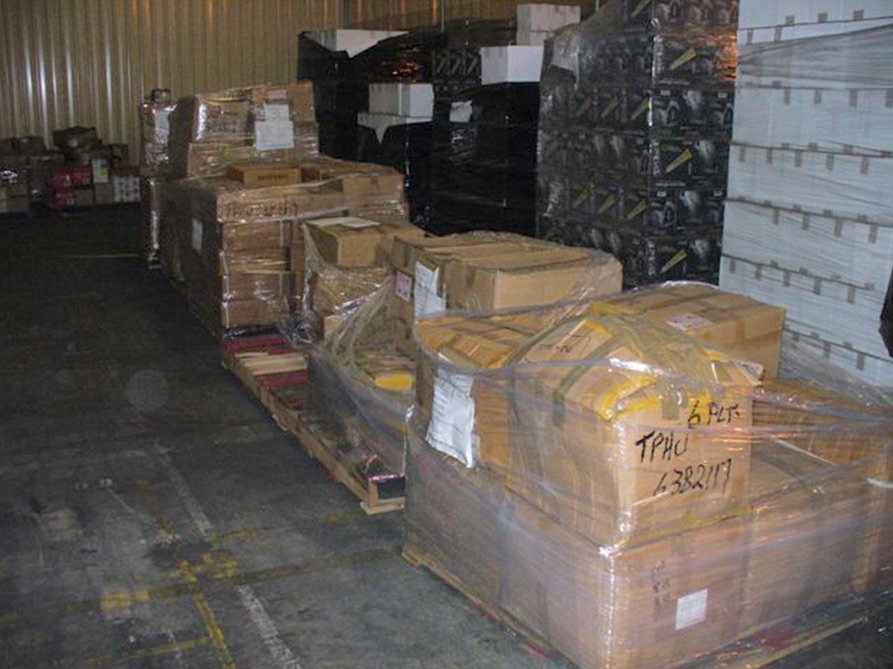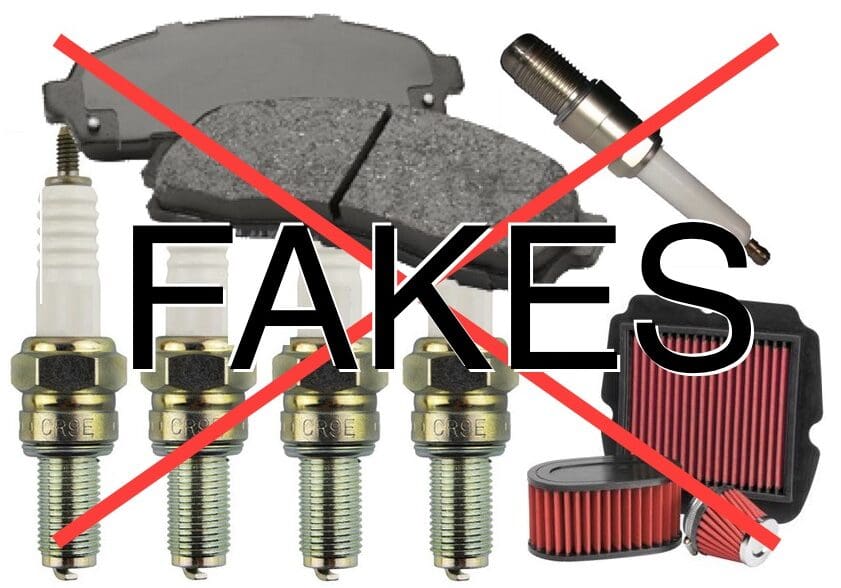Half a million fake and counterfeit vehicle parts seized in a raid in the United Arab Emirates (UAE) last week may have been destined for Australia.
The Federal Chamber of Automotive Industries and Nationwide Research Group have consequently warned motorists to be on the lookout for fake parts.
It follows an FCAI warning in 2014 about fake motorcycle accessories, consumables and rider gear available over the internet.
Basically, if the price is too good to believe, it’s probably a fake.
READ COUNTERFEIT PRODUCTS WARNING
Fake parts could cause your motorcycle damage, make it unsafe and, in a crash, may void your warranty and/or insurance.
FCAI boss Tony Weber says the UAE seizure indicates the scale of the multi-billion-dollar international counterfeit parts industry.
Investigators say they impounded half a million parts in 21 truckloads valued at $5.4m.

Among the parts were filters, spark plugs and brake components that “could be motorcycle purposed”.
An FCAI spokesman says BMW parts were mentioned by the investigators, “so it is plausible that BMW motorcycle parts are in the mix”.
Craig Douglas, director of Nationwide Research Group which has been investigating counterfeit parts, says the parts are usually imported into Australia from Dubai, Abu Dhabi and other parts of the UAE.
“Dubai dealers have been contacting Australian automotive retailers offering to sell them genuine parts at less than local prices, and our experience has shown that in most cases those parts are, in fact, counterfeit,” he says.
“Our investigations have revealed that some of these parts are fake. This recent seizure of fake parts suggests the problem is on the rise and Australian consumers should be vigilant.”
Tony says counterfeiters are “more sophisticated than ever”.
“These inferior copies are so close in appearance to the originals that even professionals can have difficulty telling them apart until they test their actual performance.
“The only way for consumers to ensure they are getting genuine OEM parts is to purchase spare parts and accessories from the authorised genuine part dealers and dealerships.
“Manufacturers test and back the parts they sell.”
Genuine is best
The FCAI promotes genuine parts through their Genuine Is Best program.
They urge all motorists to use genuine parts in regular maintenance and repairs.
They also warn about buying over the internet.
The program says the only way a motorist can guarantee supply of genuine parts is by buying them through the vehicle maker’s authorised supply chain.
“Use anything else and you may be taking a risk.” their website warns.



